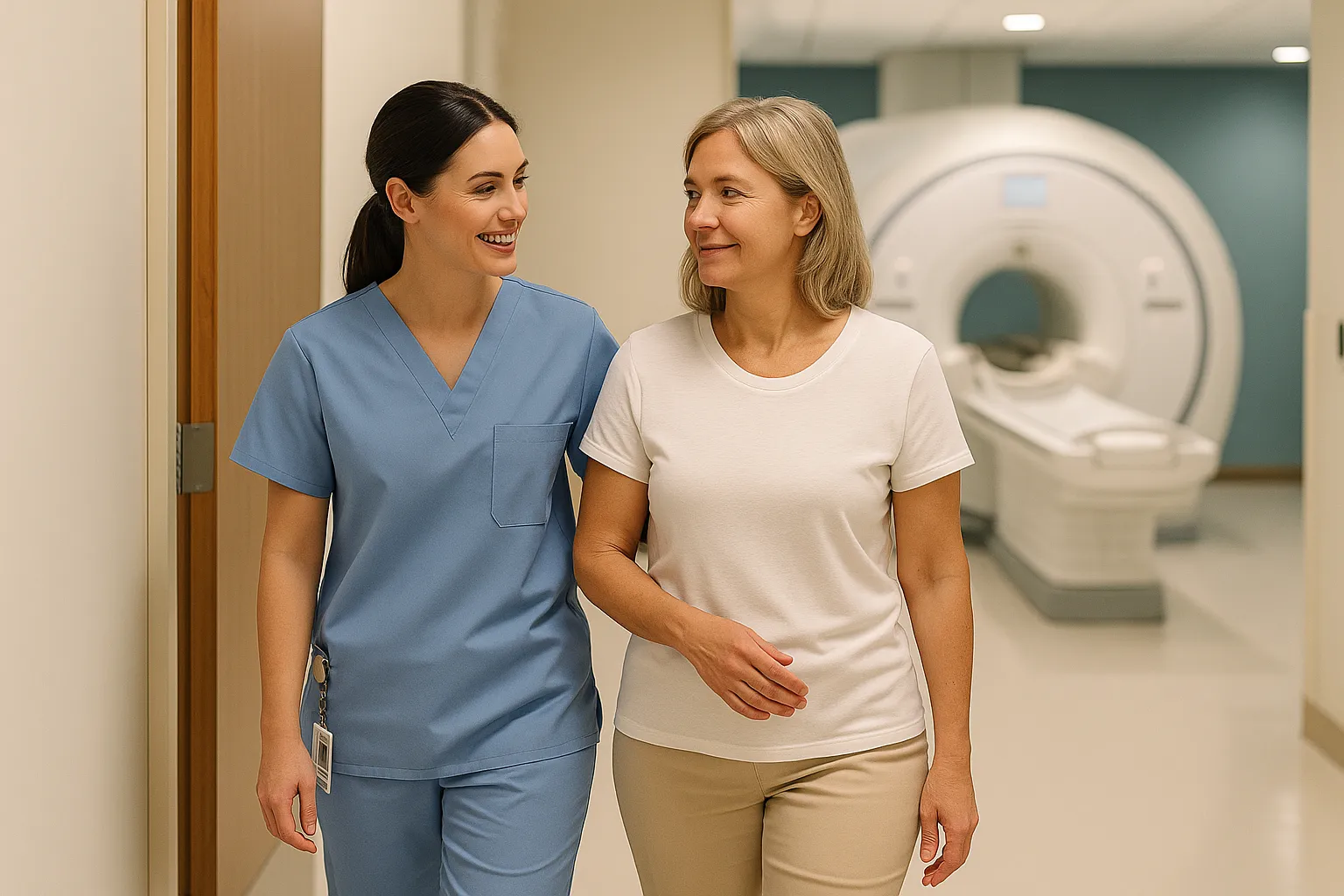Why Technologist Training Is the Cornerstone of Virtual Contrast Supervision


In the rapidly evolving field of virtual contrast supervision, cutting-edge technology and advanced telehealth capabilities often take center stage. However, the unsung hero in this process is the radiologic technologist. Without a well-trained and confident radiologic technologist on the front line, even the best virtual supervision systems cannot deliver their full potential.
The Critical Role of the Technologist
In a virtual contrast supervision model, technologists serve as the bridge between the supervising physician and the patient. They are the hands, eyes, and ears in the imaging suite. This makes their readiness, not just competency, a non-negotiable standard. A technologist must be able to recognize a contrast reaction and immediately alert the on-call supervising physician with speed and confidence. Contrast reactions require immediate recognition and intervention, and training ensures the technologist can act decisively in those moments.
Why a Standard for Readiness Matters
Without a recognized benchmark for technologist preparedness, quality of care can vary from site to site. A standardized readiness program, ideally reinforced by certification, would offer consistency across facilities, ensure compliance with regulatory requirements, and build technologist confidence. By formalizing readiness, we move beyond “on-the-job” training to a proactive, measurable, and repeatable standard of excellence.
The Partnership Approach
Achieving this standard requires genuine collaboration and partnership with the organizations we serve. That means hosting both virtual and onsite training to ensure technologists are adequately trained, conducting quarterly check-ins to ensure readiness, and adapting training to fit each partner’s workflow while maintaining a core standard. This partnership-first approach creates a shared responsibility for patient safety and operational excellence.
Certification: The Seal of Readiness
Our formal certification program serves as both a motivator and a quality control measure for our partners. The training program is renewed annually and ensures technologists are able to promptly recognize a reaction, follow the physician’s orders, and clearly communicate with the supervising physician. These credentials reassure patients, physicians, and health system leadership that their technologists are fully capable of providing safe, efficient care under virtual supervision.
The Outcome: Faster Care, Better Access
When technologists are well-trained, certified, and supported, the results are clear. Patients get scanned sooner, reactions are managed immediately, and organizations gain efficiency through fewer reschedules, higher throughput, and improved patient satisfaction. In essence, technologist readiness transforms virtual contrast supervision from a contingency plan into a competitive advantage.
Trusted Nationwide








54,000+
Contrast exams supervised monthly
44,000+
Hours of supervision monthly
2,200+
Technologists certified
0s
Of imaging partners nationwide
30+
Contrast reactions treated monthly
0%
Requested hours covered
Connect with us.

